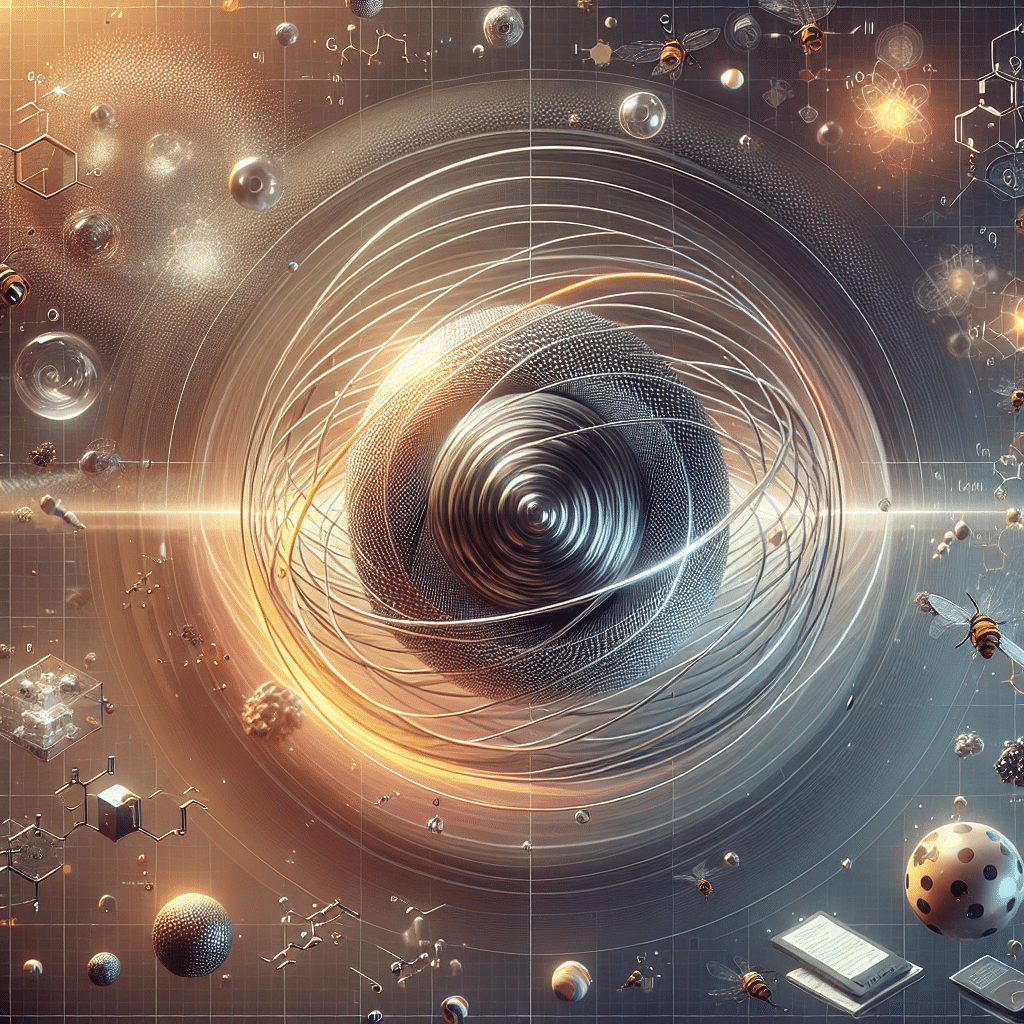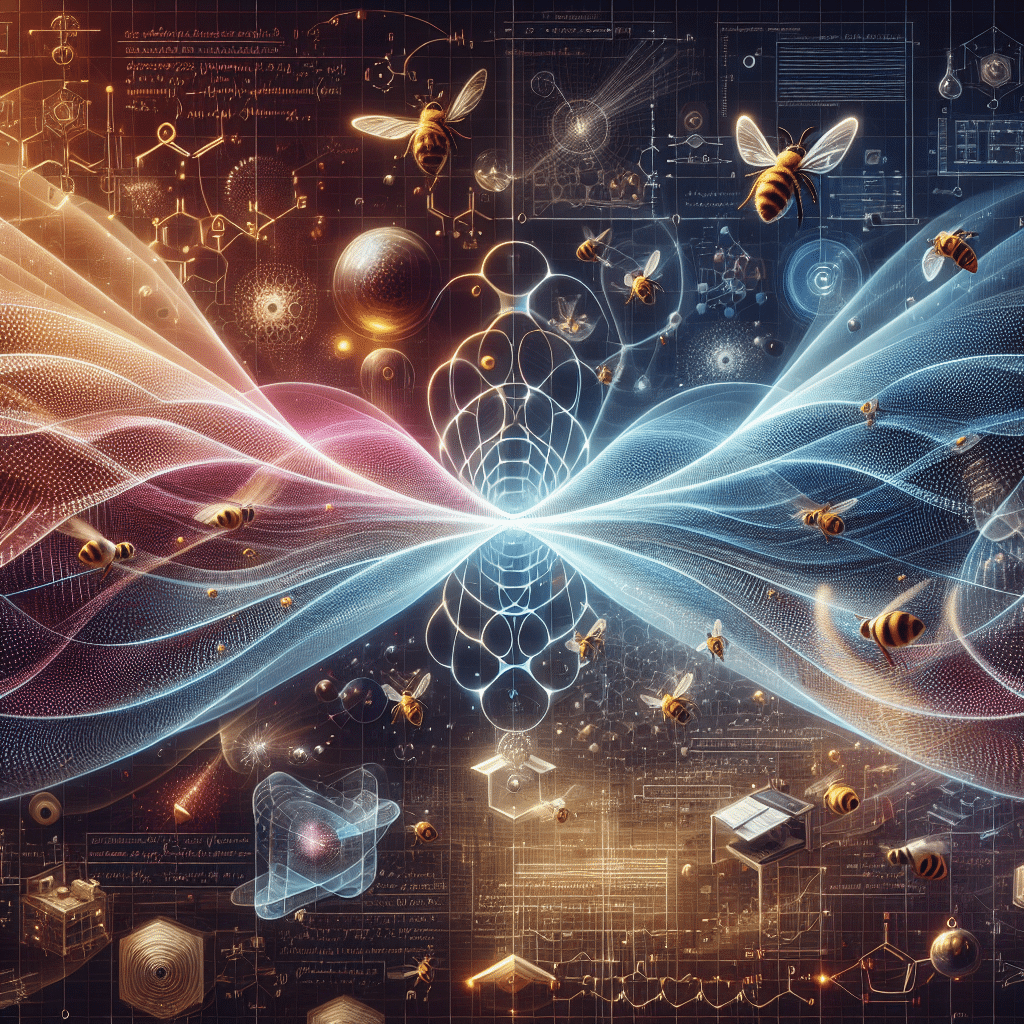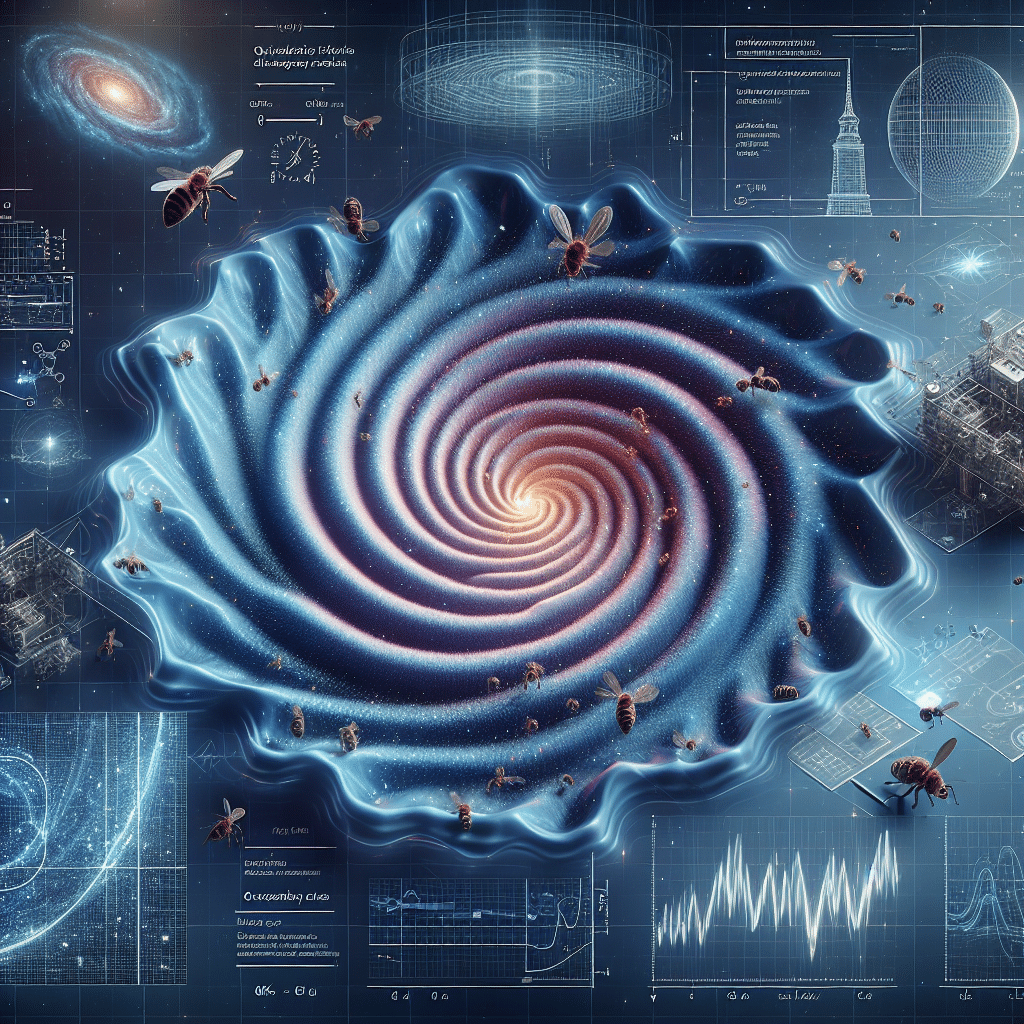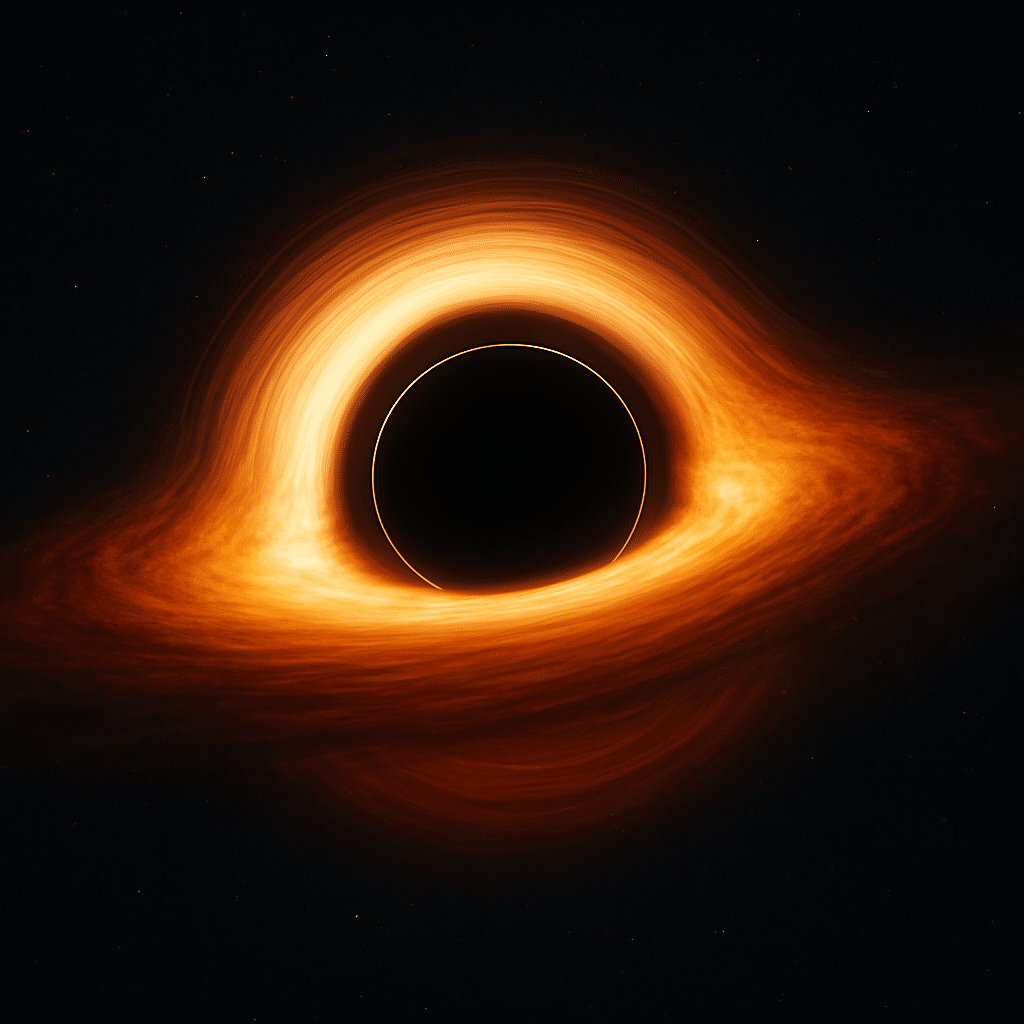A Scientific Challenge to the Particle Paradigm
BeeTheory questions one of the key foundations of modern cosmology — the idea of particulate dark matter. Instead, it proposes an alternative approach: what if the apparent gravitational surplus seen across galaxies and the universe is not caused by invisible particles, but by structured wave patterns within the vacuum itself?
If correct, this wave-based perspective could completely remove the need for hypothetical dark matter particles — a shift as profound as the transition brought by quantum mechanics. But can such a model truly hold up under observational scrutiny?
This study explores the main observational pillars that support the standard dark matter model, asking a crucial question: could a coherent, wave-based framework explain all of them — with no dark particles involved?



Testable Hypothesis: Vacuum Waves as Gravitational Impostors
At the heart of BeeTheory lies a bold idea: large-scale gravitational anomalies might not be caused by hidden mass at all, but by phase-coherent modulations of the vacuum — an interference field that interacts gravitationally with normal matter, though not through conventional mass-energy mechanisms.
To move from concept to science, this hypothesis must consistently reproduce tightly constrained cosmological and astrophysical data — not by adjusting parameters one by one, but through a unified wave model operating under shared principles.
Key Observational Benchmarks
To replace the idea of particle dark matter, BeeTheory must meet several observational challenges at once. Each of these represents a crucial test of its consistency and predictive power.
(a) Galactic Rotation Curves (SPARC)
- Spiral galaxies exhibit flat rotation curves far beyond the region of visible matter.
- BeeTheory must reproduce the full SPARC dataset using a coherent wave-gravity interference model, maintaining accuracy across different galaxy types.
- It should also naturally predict the slope and normalization of the Baryonic Tully-Fisher Relation, including its intrinsic scatter, without fine-tuning.
(b) Gravitational Lensing in Galaxy Clusters
- Strong and weak lensing reveal mass peaks offset from baryonic plasma in colliding clusters such as the Bullet Cluster and El Gordo.
- A critical test is whether BeeTheory can replicate this offset purely through wavefront interference, without invoking invisible mass.
- The model should predict a measurable shift between baryonic gas and the lensing centroid, emerging from wave effects alone.
(c) Cosmic Microwave Background (CMB) Anisotropies
- The CMB power spectrum encodes precise information about the universe’s matter composition.
- The wave model must replicate:
- The ratio of the first to second acoustic peaks, sensitive to baryonic content.
- The amplitude of the third peak, tied to dark matter density.
- The overall peak positions, reflecting the sound horizon and expansion rate.
- Failure to reproduce Planck data would pose a serious constraint on the theory.
(d) Large-Scale Structure and Growth of Perturbations
- The growth of cosmic structure, galaxy clustering, and BAO patterns are all sensitive to the underlying gravity model.
- BeeTheory must reproduce:
- The matter correlation function, including BAO features.
- The fσ₈ statistic describing the amplitude of density perturbations.
- The E_G parameter comparing lensing to structure growth, consistent with DES, KiDS, and BOSS datasets.
Decisive Experimental Criteria
BeeTheory can only be taken seriously if it meets all of the following conditions consistently and quantitatively.
1. Global Parameter Cohesion
The model must use a single, coherent parameter set across all observational tests — no selective retuning per dataset.
A true theory unifies — it doesn’t cherry-pick.
2. Predictive Power in Cluster Collisions
The theory must be able to predict the direction and magnitude of baryon–lensing offsets in galaxy clusters such as the Bullet Cluster, El Gordo, and Abell 520 — without invoking any hidden mass.
3. Emergence of BTFR and Its Scatter
BeeTheory must derive, not assume, the Baryonic Tully-Fisher Relation. It should predict both the slope and zero-point, and explain the scatter based on environmental wave coherence.
Why This Is Controversial
If BeeTheory succeeds, it challenges decades of dark matter research and the vast investments dedicated to its detection. If it fails — particularly regarding lensing or CMB consistency — it joins the many elegant but incorrect alternatives.
Progress in physics depends on falsifiability. Every dominant model must be tested to its limits.

A Call for Rigorous Testing
BeeTheory introduces a bold idea: gravitational anomalies as emergent effects of coherent vacuum structures, not mass. Yet such ideas demand rigorous, data-driven testing. All major datasets — from SPARC to Planck to DES — are publicly available for comparison.
The question is not whether BeeTheory is convenient. The question is: does it match the sky?
